Home>Garden Essentials>What Are Greenery Panels
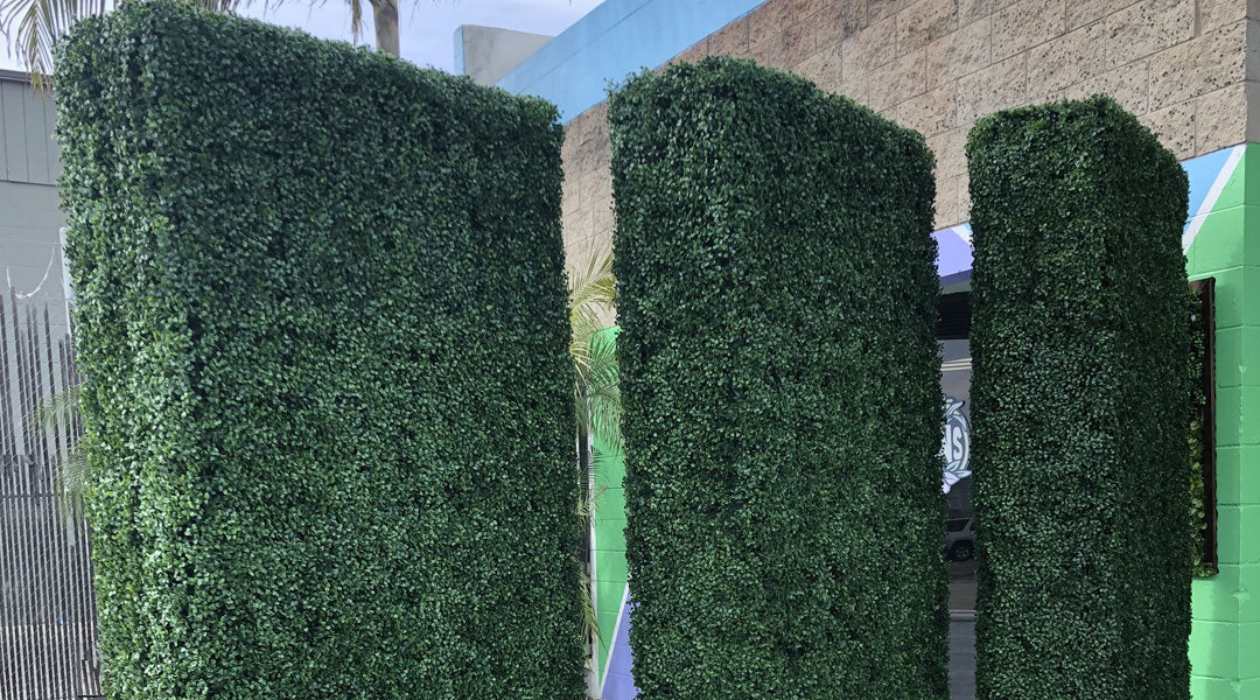

Garden Essentials
What Are Greenery Panels
Modified: October 20, 2024
Enhance your garden with our stylish greenery panels. Transform your outdoor space into a lush oasis with our hand-picked selection of garden greenery panels.
(Many of the links in this article redirect to a specific reviewed product. Your purchase of these products through affiliate links helps to generate commission for Storables.com, at no extra cost. Learn more)
Introduction
Gardeners and nature enthusiasts are constantly looking for innovative ways to bring more greenery into their lives. One such solution that has gained popularity in recent years is the use of greenery panels. These panels, also commonly known as living walls or vertical gardens, offer a versatile and visually appealing way to incorporate plants into both indoor and outdoor spaces.
Greenery panels are essentially panels or structures that are covered with a variety of plants, creating a vertical garden that can be installed on walls, fences, or even freestanding structures. These panels provide a unique and impactful solution for those who want to have lush garden elements, but may have limited space or mobility constraints.
Not only do greenery panels add a touch of natural beauty to any environment, but they also offer numerous benefits that make them a worthwhile investment for both homeowners and businesses. In this article, we will explore the definition of greenery panels, discuss their benefits, explore different types of panels, provide installation tips, and offer maintenance tips to ensure their longevity.
Key Takeaways:
- Greenery panels are vertical gardens that bring nature into small spaces, improving air quality and adding beauty to homes, offices, and public areas.
- Installing and maintaining greenery panels is a manageable process that enhances spaces, offering benefits like noise reduction and no need for extensive soil or weeding.
Read more: What Is Smilax Greenery
Definition of Greenery Panels
Greenery panels, also referred to as living walls or vertical gardens, are structures or panels that are adorned with various types of plants. These panels are designed to bring the beauty of nature to indoor and outdoor spaces by incorporating a vertical arrangement of plants.
Greenery panels can vary in size, shape, and materials used. They can be installed on walls, fences, or even freestanding structures, making them a versatile solution for those who want to create a garden-like atmosphere but have limited space or mobility restrictions.
The plants used in greenery panels can range from small tropical plants to larger foliage plants, depending on the desired aesthetic and environmental conditions. The panels are typically designed in a way that allows for proper irrigation and drainage, ensuring that the plants receive the necessary water and nutrients.
Greenery panels offer a unique and visually appealing alternative to traditional gardens. They can transform a plain wall or fence into a vibrant and dynamic living artwork. The vertical arrangement of plants adds an element of depth and interest to any space, creating a captivating and refreshing ambiance.
Furthermore, greenery panels are not only limited to outdoor spaces. They can also be installed indoors, bringing the benefits of nature to interiors, such as homes, offices, and commercial spaces. This makes them an excellent option for those who want to incorporate more plants into their living or working environment.
Overall, greenery panels offer a creative and sustainable solution to incorporate plants into various settings. They bring the beauty of nature to spaces that may have limited gardening options, while adding a touch of natural elegance and freshness.
Benefits of Greenery Panels
Greenery panels offer a plethora of benefits that make them a desirable choice for both residential and commercial spaces. Let’s explore some of the key advantages:
- Improved Air Quality: One of the primary benefits of greenery panels is their ability to enhance air quality. Plants naturally absorb carbon dioxide and release oxygen through photosynthesis, helping to purify the air and create a healthier environment. This can have a positive impact on overall well-being and productivity.
- No Space Constraints: Greenery panels are an ideal solution for spaces with limited garden areas. By utilizing vertical spaces, these panels allow for the creation of a garden-like atmosphere without the need for extensive horizontal space. This makes them perfect for urban dwellings, balconies, and small yards.
- No Soil Required: Unlike traditional gardens, greenery panels don’t require extensive soil preparation. Many panels utilize hydroponic or aeroponic systems, where plants are grown in a nutrient-rich water medium or misted with nutrients. This eliminates the need for large amounts of soil and makes maintenance more manageable.
- Improved Aesthetics: Greenery panels provide a visually stunning addition to any space. The vibrant colors and arrangements of plants can transform a plain wall or fence into a focal point. Whether installed indoors or outdoors, greenery panels create a living artwork that adds a touch of beauty and serenity.
- No Pest Problems: Unlike traditional gardens, greenery panels are less susceptible to common pest problems. The elevated position of the plants makes it more difficult for pests to reach them, reducing the chances of damage and the need for harmful pesticides.
- No Weeding: With greenery panels, there is no need to spend time and effort pulling out weeds. The controlled environment of the panels prevents weed growth, saving gardeners the hassle of regular weeding.
- No Water Runoff: Greenery panels are designed with adequate irrigation and drainage systems, ensuring that water is properly distributed to the plants without excess runoff. This promotes water conservation and prevents wastage.
- Reduced Noise: Plants, especially those with dense foliage, can act as natural noise barriers. Greenery panels installed in outdoor spaces can help absorb and reduce noise pollution, creating a more peaceful and tranquil environment.
Overall, greenery panels are not only visually appealing but also offer a multitude of benefits. They improve air quality, maximize space utilization, require minimal maintenance, and contribute to a more aesthetically pleasing and comfortable environment. Whether installed in homes, offices, or public spaces, greenery panels are an excellent choice for anyone looking to incorporate nature and its benefits into their surroundings.
Types of Greenery Panels
Greenery panels come in various types, each offering unique characteristics and design options. Let’s explore some of the common types:
- Modular Greenery Panels: These panels consist of individual modules that can be assembled and interlocked to create a larger vertical garden. Modular panels provide flexibility in terms of arrangement and can be easily customized to fit specific spaces. They are also convenient for maintenance and replacement of individual plants.
- Fabric Panel Systems: Fabric panel systems are lightweight and flexible, making them a popular choice for both indoor and outdoor installations. The panels are made of a fabric material with pockets where plants can be inserted. These panels are usually easy to install and are great for creating living walls with a more organic and natural appearance.
- Preserved Moss Panels: Preserved moss panels are an excellent option for those who want a low-maintenance greenery solution. These panels feature real moss that has been treated with a preservative to retain its color and texture. Preserved moss panels add a unique and natural look to any space and require minimal watering or maintenance.
- Pocket Green Walls: Pocket green walls consist of a series of pockets or pouches where plants are inserted. These panels are typically made of durable materials such as felt or fabric and can be mounted on walls or fences. Pocket green walls offer a simple and cost-effective way to create a vertical garden and are often utilized to add a touch of greenery to small spaces like balconies or patio areas.
- Vine Greenery Panels: Vine greenery panels feature climbing plants that grow vertically, creating a lush and green wall. These panels often incorporate structures like trellises or wire grids to support the growth of the plants. Vine greenery panels offer a visually stunning and organic look, with trailing vines adding a sense of movement and grace to the space.
- Artificial Greenery Panels: For those who prefer a low-maintenance option or are unable to provide the necessary natural light and watering for live plants, artificial greenery panels are a great alternative. These panels are made from high-quality synthetic materials that resemble real plants, providing a realistic and vibrant greenery display without the need for regular care.
When choosing the type of greenery panel, consider factors such as the available space, desired aesthetic, maintenance requirements, and lighting conditions. Each type offers its own unique charm, allowing you to create a personalized and visually appealing vertical garden that suits your specific preferences and needs.
Greenery panels are artificial or real panels covered in greenery, such as artificial grass, moss, or plants. They are used to create a natural and decorative look for indoor or outdoor spaces. When using artificial greenery panels, make sure to clean them regularly to maintain their appearance.
How to Install Greenery Panels
Installing greenery panels may seem like a daunting task, but with the right approach and tools, it can be a relatively straightforward process. Here are the steps to follow:
- Choose the Location: Determine where you want to install the greenery panels. Whether it’s an indoor space, an exterior wall, or a fence, make sure the area receives adequate sunlight or has suitable lighting conditions for the plants to thrive.
- Prepare the Surface: Ensure that the surface where you plan to install the panels is clean, smooth, and free from debris. If necessary, repair any damage or cracks on the wall or fence beforehand.
- Measure and Mark: Measure the area and mark where the panels will be installed. Use a level to ensure that the panels will be properly aligned. Consider leaving a small gap between each panel for aesthetic purposes and to allow for proper airflow.
- Install Mounting Hardware: Depending on the type of panels and the surface, you may need to install mounting hardware. This can include brackets, hooks, or clips that will securely hold the panels in place. Follow the manufacturer’s instructions for proper installation and ensure that the hardware is securely attached to the surface.
- Install Panels: Once the mounting hardware is in place, you can begin installing the panels. Start at the bottom and work your way up, ensuring that each panel is level and properly aligned with the marks you made earlier. Secure each panel to the mounting hardware according to the manufacturer’s guidelines.
- Water and Test: After installing all the panels, thoroughly water the plants to ensure they are properly hydrated. Test the irrigation system, if applicable, to make sure it is functioning as intended. Adjust the watering schedule according to the needs of the plants and the climate of your location.
- Finishing Touches: Once the panels are installed and watered, step back and evaluate the overall appearance. Make any necessary adjustments or additions, such as adding decorative elements or accent plants, to enhance the aesthetics of the greenery panels. You may also consider adding lighting to highlight the panels during the evening hours.
It’s important to read and follow the specific installation instructions provided by the manufacturer of your greenery panels. Different types and brands may have varying installation requirements and recommendations.
Remember to regularly inspect the panels to ensure they are securely attached and the plants are thriving. Additionally, follow the maintenance guidelines to keep your greenery panels looking their best and to promote the longevity of the plants.
By following these steps and using proper installation techniques, you can create a stunning and vibrant vertical garden with greenery panels that will transform your space into a lush oasis.
Read more: What Are Acoustic Panels
Maintenance Tips for Greenery Panels
Maintaining greenery panels is essential to ensuring the health and beauty of the plants. With proper care, your vertical garden can flourish for years to come. Here are some maintenance tips to keep in mind:
- Regular Watering: Most greenery panels require consistent watering to keep the plants hydrated. Follow the watering guidelines provided by the manufacturer or consult a gardening expert to determine the specific needs of your plants. Monitor the moisture levels regularly and adjust the watering schedule accordingly.
- Fertilization: Supplementing the plants with fertilizers is crucial for their growth and overall health. Use a slow-release fertilizer or a liquid fertilizer specifically formulated for vertical gardens. Apply the fertilizer as directed by the manufacturer to ensure proper nutrient uptake by the plants.
- Pruning and Trimming: As the plants in the greenery panels grow, regular pruning and trimming are necessary to maintain their shape and prevent overcrowding. Remove any dead or yellowing leaves, and trim back any excessive growth that may obstruct the overall appearance of the panels.
- Pest Control: Inspect the plants for signs of pests regularly. Common pests that may affect greenery panels include aphids, spider mites, and mealybugs. If you notice any infestation, promptly take action to control the pests. Depending on the severity, you may need to use natural or chemical pest control methods.
- Weed Management: Although greenery panels are less prone to weed growth, occasional weeds may still appear. Remove any weeds or unwanted plants that may compete with the panel’s vegetation. Be gentle when removing weeds to avoid damaging the plants or the panels themselves.
- Inspect Irrigation System: If your greenery panels are equipped with an irrigation system, regularly inspect it to ensure that it is functioning properly. Monitor the water flow, check for clogs, and make any necessary adjustments to ensure the plants receive the right amount of water.
- Monitor Lighting and Sun Exposure: Pay attention to the amount of sunlight or artificial light that the greenery panels receive. Different types of plants have varying light requirements. Ensure that the panels are placed in an area that provides the appropriate amount of light for the plants to thrive.
- Seasonal Care: Adjust your maintenance routine according to the seasons. Certain plants may require different care during the winter months or in extreme weather conditions. Protect the panels during harsh weather, such as excessive heat or freezing temperatures, to prevent damage to both the plants and the panels.
By following these maintenance tips and paying attention to the specific needs of your greenery panels, you can ensure that they remain healthy, vibrant, and visually appealing throughout the year.
Common Uses for Greenery Panels
Greenery panels offer endless possibilities when it comes to incorporating natural elements into various spaces. Here are some common uses for greenery panels:
- Commercial Spaces: Many businesses are embracing greenery panels as a way to enhance their office environments. Green walls in corporate lobbies, conference rooms, and common areas create a more inviting and relaxing atmosphere for employees and visitors. They can also help improve air quality and promote a sense of well-being, increasing productivity and creativity.
- Residential Gardens: Greenery panels are an excellent option for homeowners with limited outdoor space or those who want to add an eye-catching feature to their gardens. They can be installed on fences, walls, or freestanding structures to create stunning vertical gardens. Greenery panels can transform a small urban backyard or a balcony into a lush and vibrant oasis.
- Interior Design: Greenery panels can be used to bring nature indoors and enhance the aesthetics of any living or working space. They can be installed in living rooms, kitchens, or even bathrooms to add a touch of greenery and create a calming environment. Green walls are also popular in restaurants, hotels, and retail spaces to create a unique and memorable atmosphere.
- Privacy Screens: Greenery panels can serve as natural privacy screens, especially when installed on fences or walls. They provide a visually appealing and eco-friendly alternative to traditional privacy barriers. The dense foliage of the vertical garden offers a sense of seclusion without compromising on aesthetics.
- Enhancing Urban Environments: Greenery panels are an effective way to introduce green spaces in urban environments where natural vegetation may be limited. They can be used to revitalize concrete structures, such as parking garages, building facades, or public spaces, bringing a touch of nature to the cityscape and improving the overall urban experience.
- Event Decorations: Greenery panels can be used as decorative backdrops for weddings, parties, and other special events. They provide a lush and enchanting backdrop for photos and create a memorable ambiance for guests. The versatility of greenery panels allows them to be easily customized to suit the theme and style of the event.
- Restaurant and Cafe Patios: Greenery panels can be utilized to create intimate and cozy outdoor seating areas for restaurants and cafes. They add a sense of natural beauty and tranquility, making the dining experience more enjoyable for customers. Green walls on outdoor patios also help to shield the seating area from noise and create a soothing atmosphere.
The uses for greenery panels are only limited by one’s creativity. They can be adapted to any space and can offer a multitude of benefits, ranging from aesthetic enhancements to improved well-being. Whether for residential, commercial, or public spaces, greenery panels provide a practical and visually enticing solution.
Conclusion
Greenery panels have revolutionized the way we incorporate nature into our living and working spaces. These versatile structures bring the beauty and benefits of plants to both indoor and outdoor environments, offering a visually captivating and eco-friendly solution.
Throughout this article, we have explored the definition of greenery panels, discussed their numerous benefits, examined different types of panels, provided installation guidelines, and shared maintenance tips. Greenery panels offer improved air quality, maximize space utilization, require minimal maintenance, and contribute to a more visually appealing and comfortable environment.
From modular panels to fabric systems, preserved moss panels to vine greenery panels, there are endless options to suit various preferences and aesthetic desires. The installation process involves careful planning, proper preparation, and attention to detail to ensure a successful and visually stunning outcome.
Maintaining greenery panels is crucial for the health and longevity of the plants. Regular watering, fertilization, pruning, and pest control are essential tasks to keep the vertical garden thriving and vibrant. Adjusting care according to seasonal changes and monitoring lighting conditions are also important factors to consider.
The common uses for greenery panels span across residential and commercial spaces, interior design, privacy screens, urban revitalization, event decorations, and outdoor dining areas. Their ability to transform mundane walls and fences into lush and captivating vertical gardens is truly remarkable.
In conclusion, greenery panels offer a unique and creative solution to incorporate nature into any space. They provide numerous benefits, enhance aesthetics, improve air quality, and create tranquil environments. Whether you have a small balcony, an expansive office lobby, or a public space in need of rejuvenation, greenery panels can breathe life into these areas, adding a touch of natural elegance and serenity.
So, embrace the beauty of greenery panels and let them be your pathway to a greener and more vibrant world.
Frequently Asked Questions about What Are Greenery Panels
Was this page helpful?
At Storables.com, we guarantee accurate and reliable information. Our content, validated by Expert Board Contributors, is crafted following stringent Editorial Policies. We're committed to providing you with well-researched, expert-backed insights for all your informational needs.


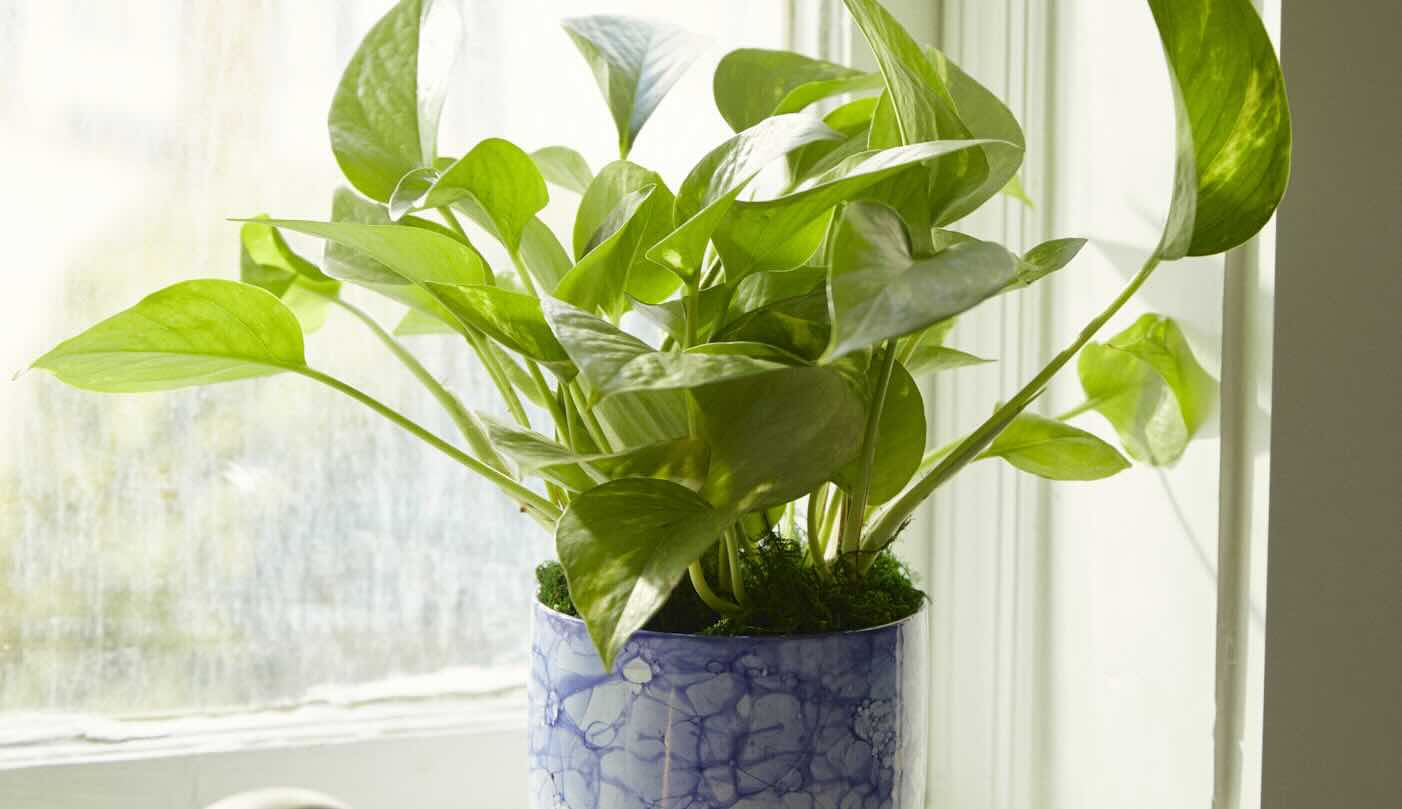
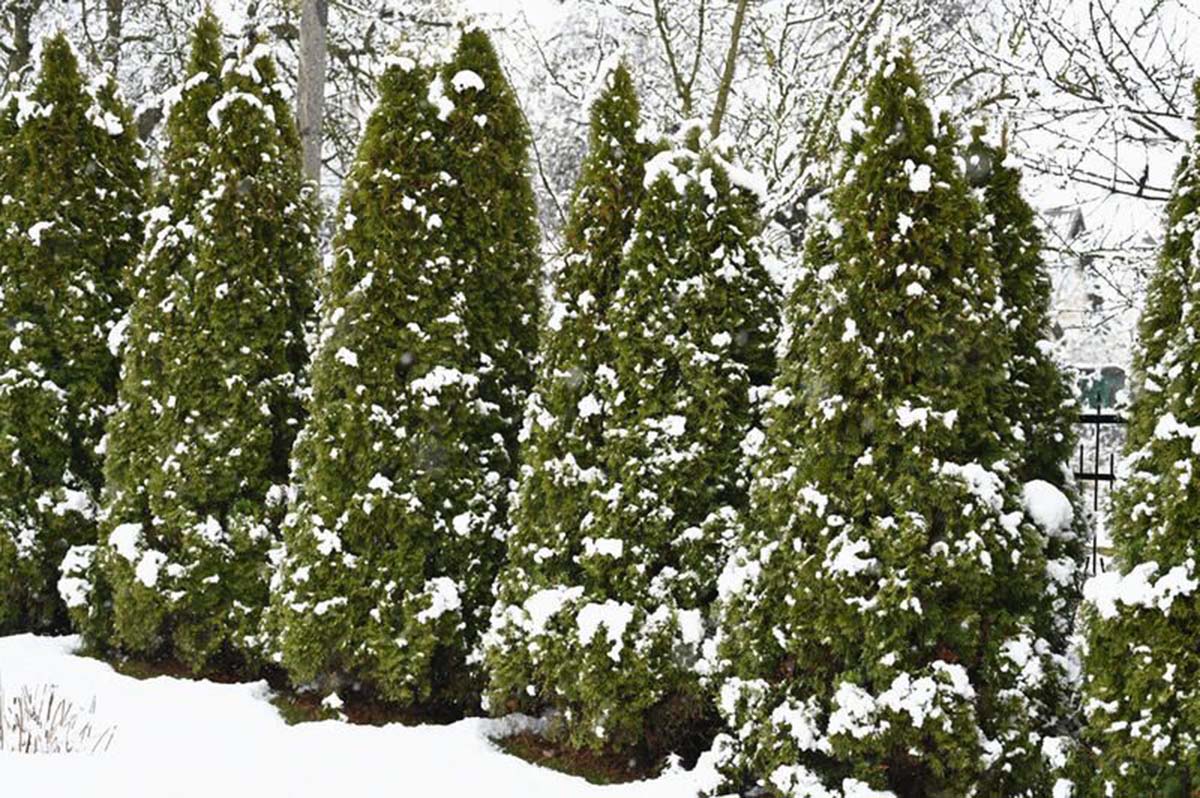
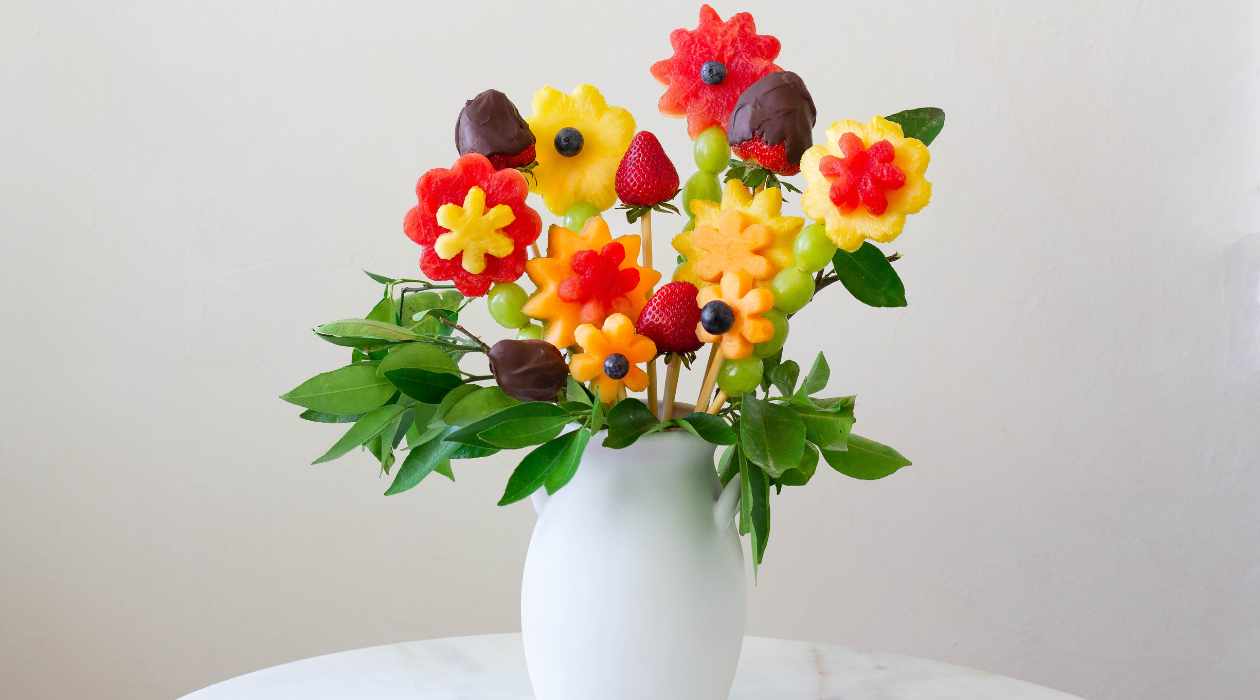
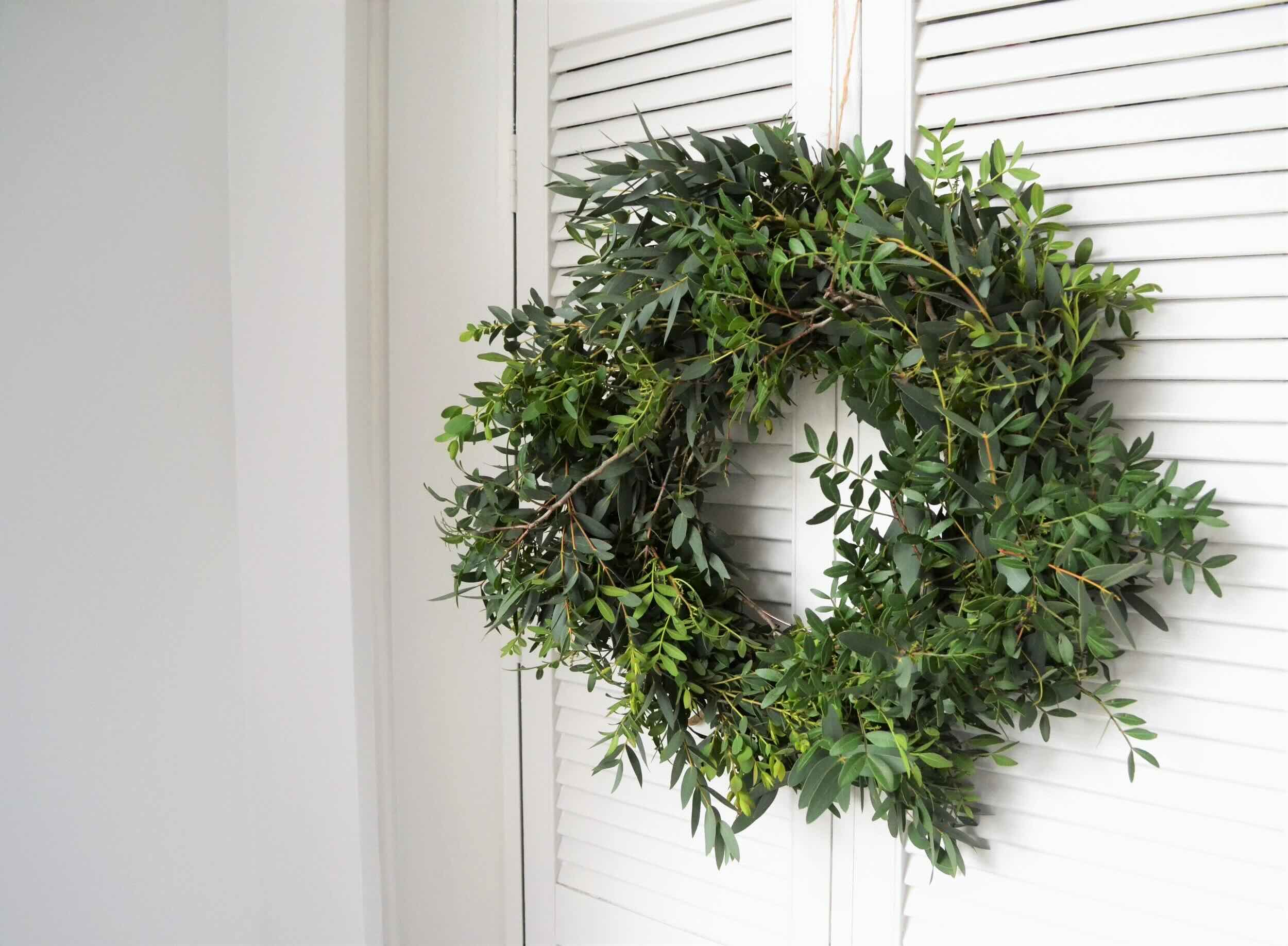
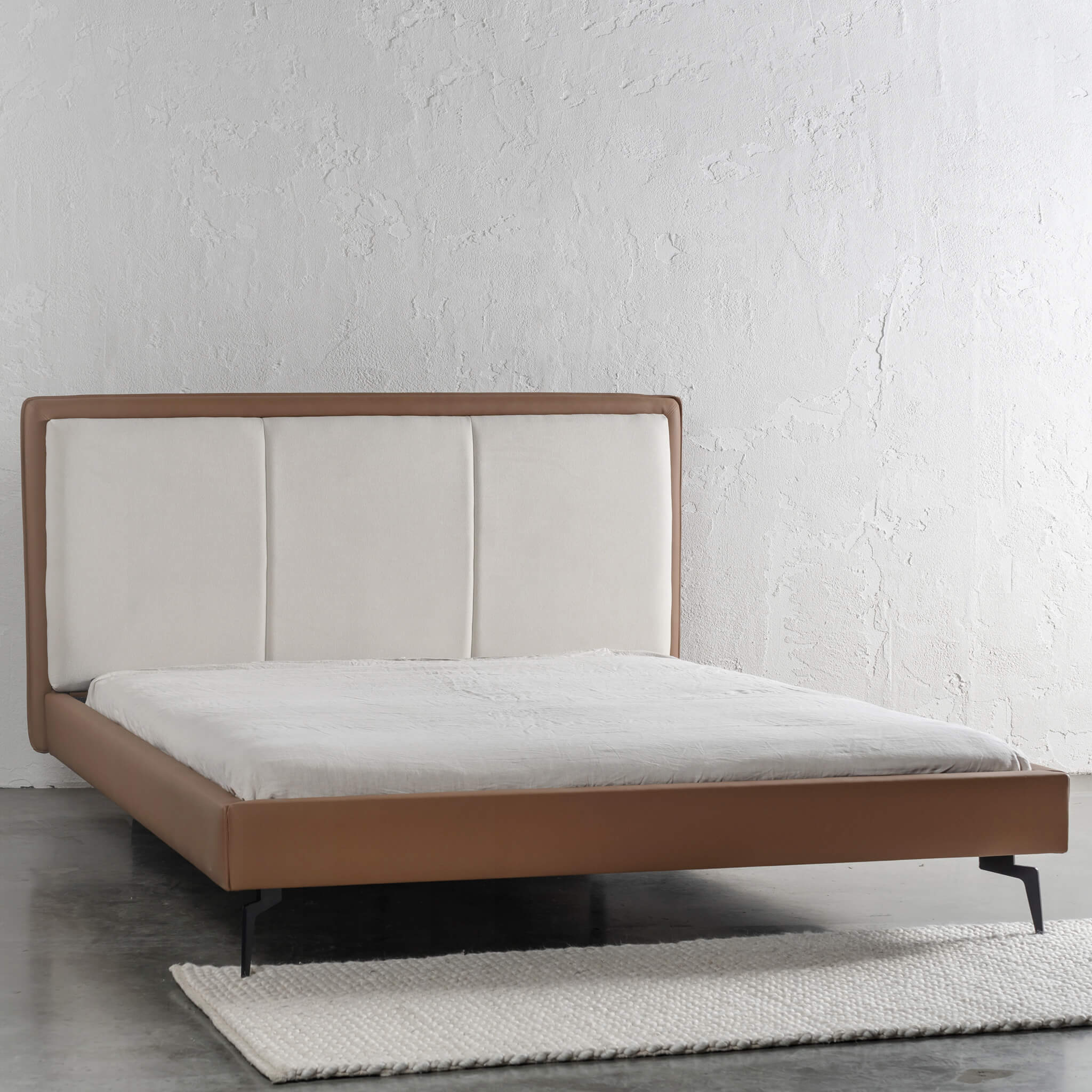

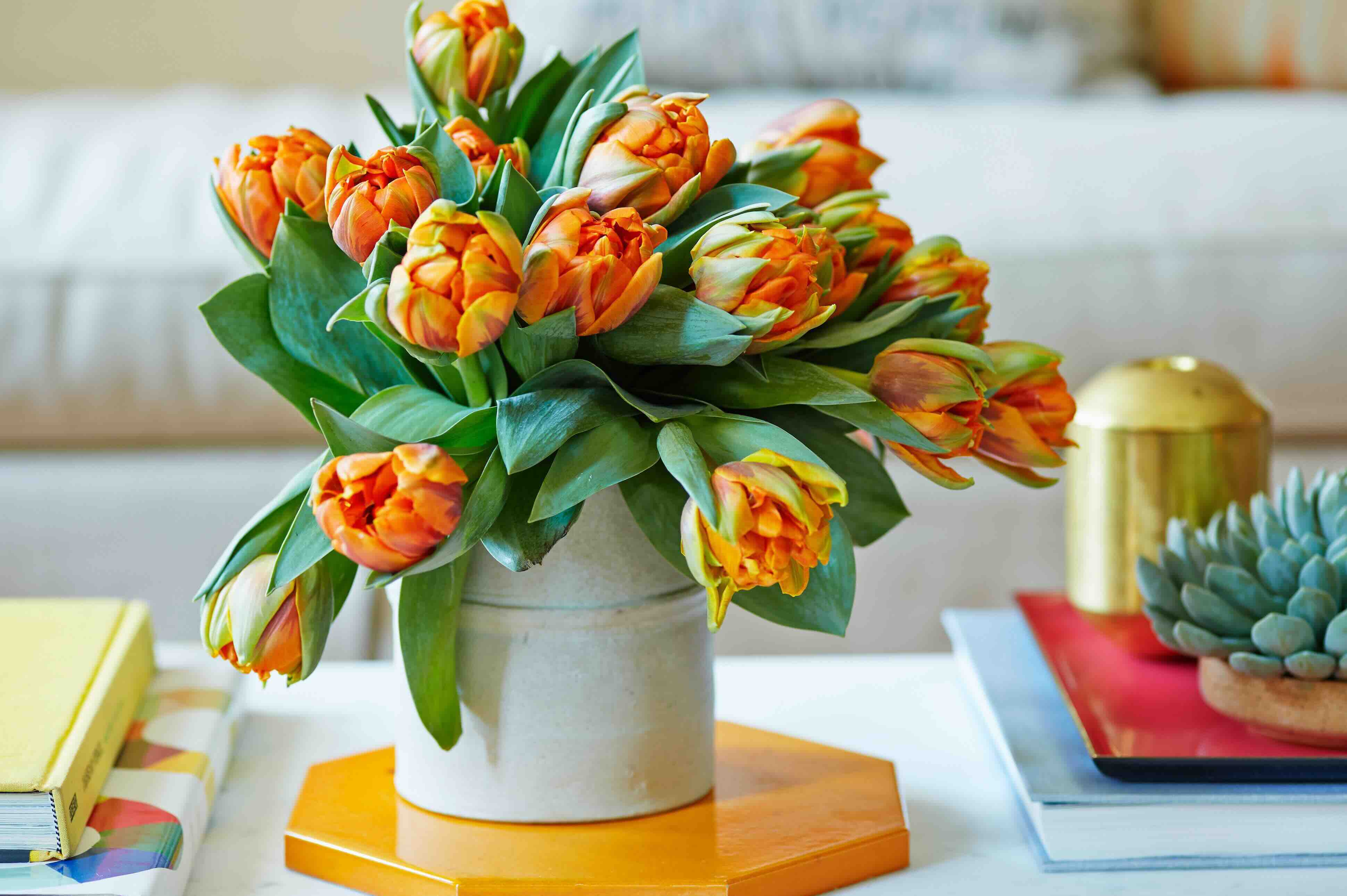

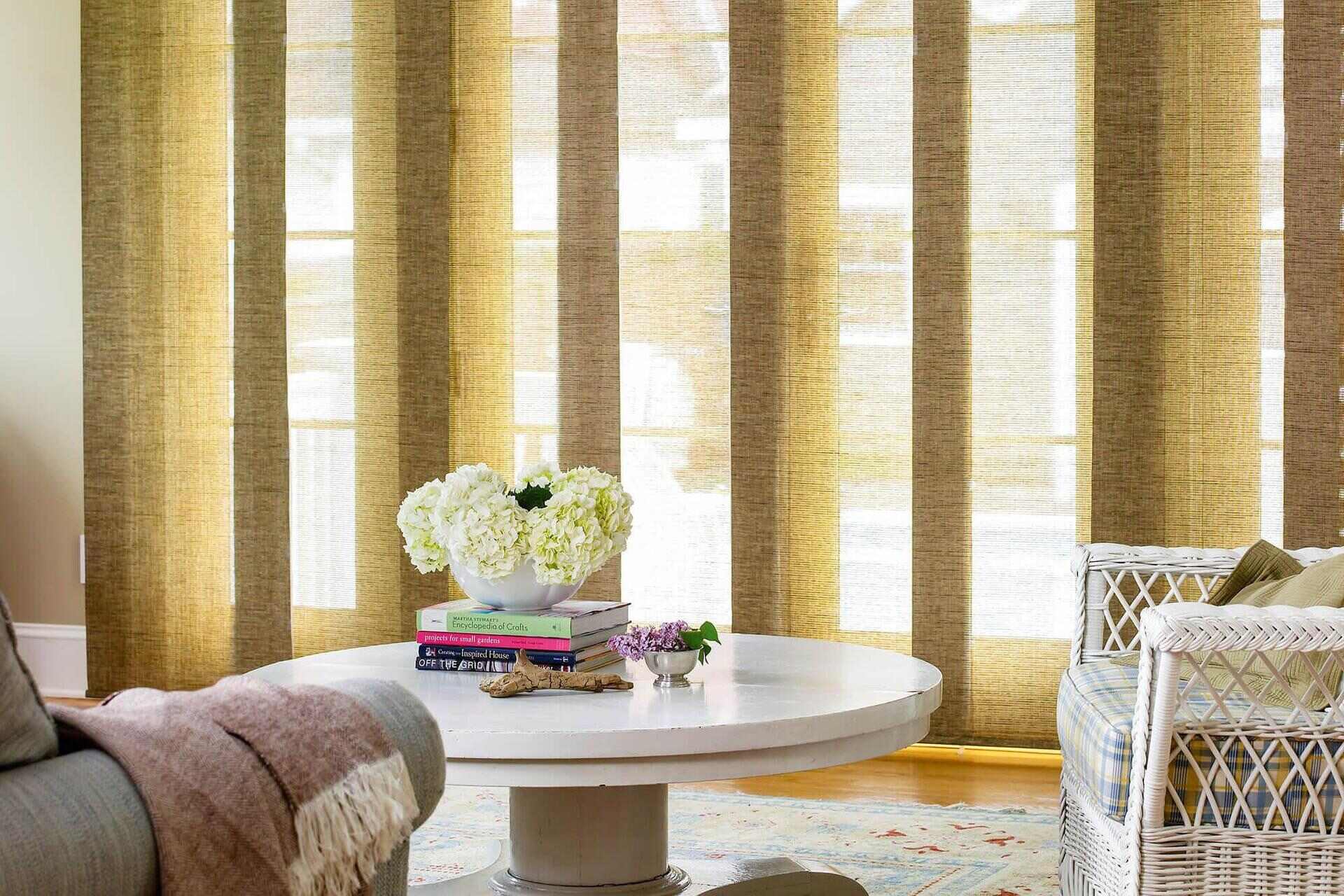
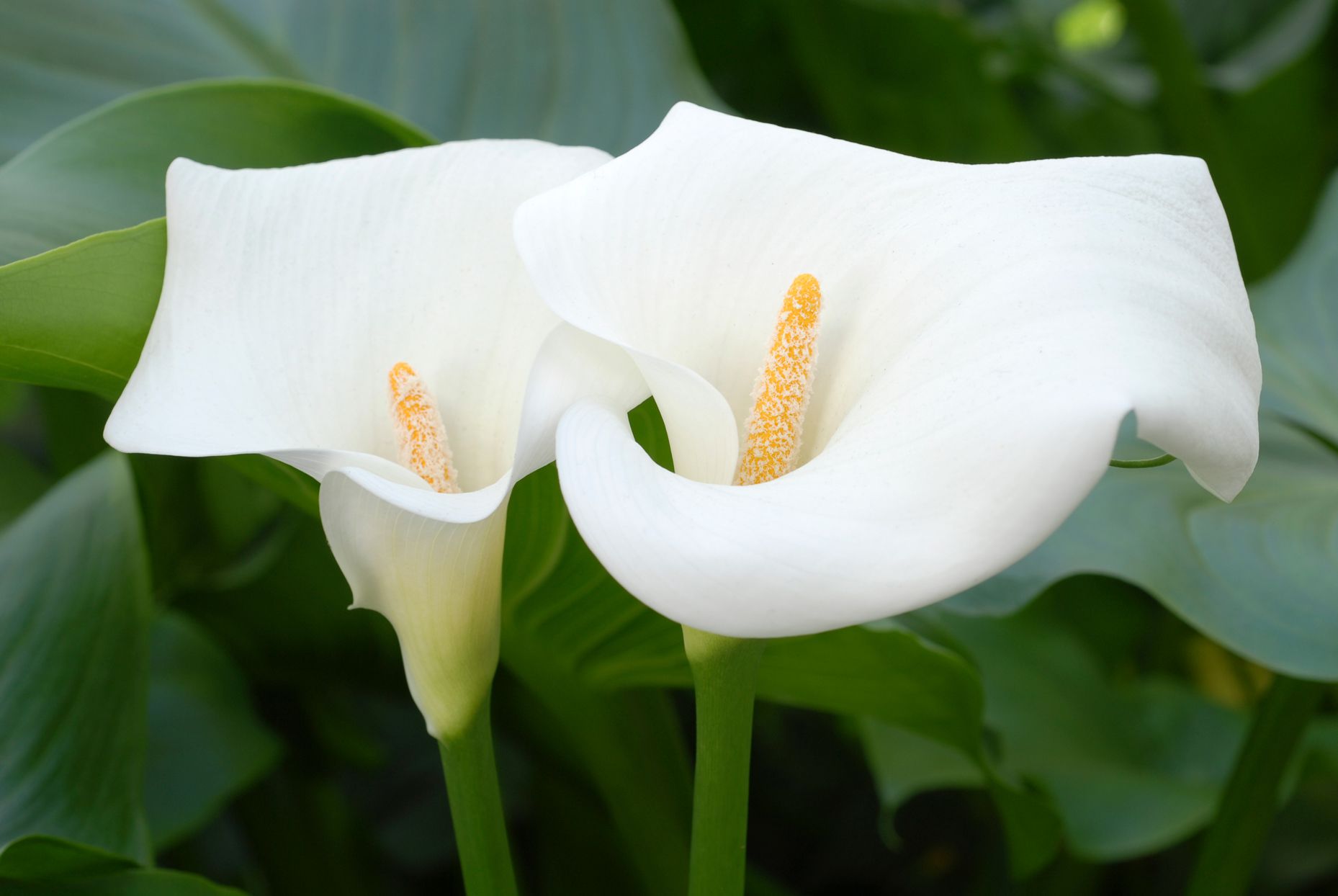
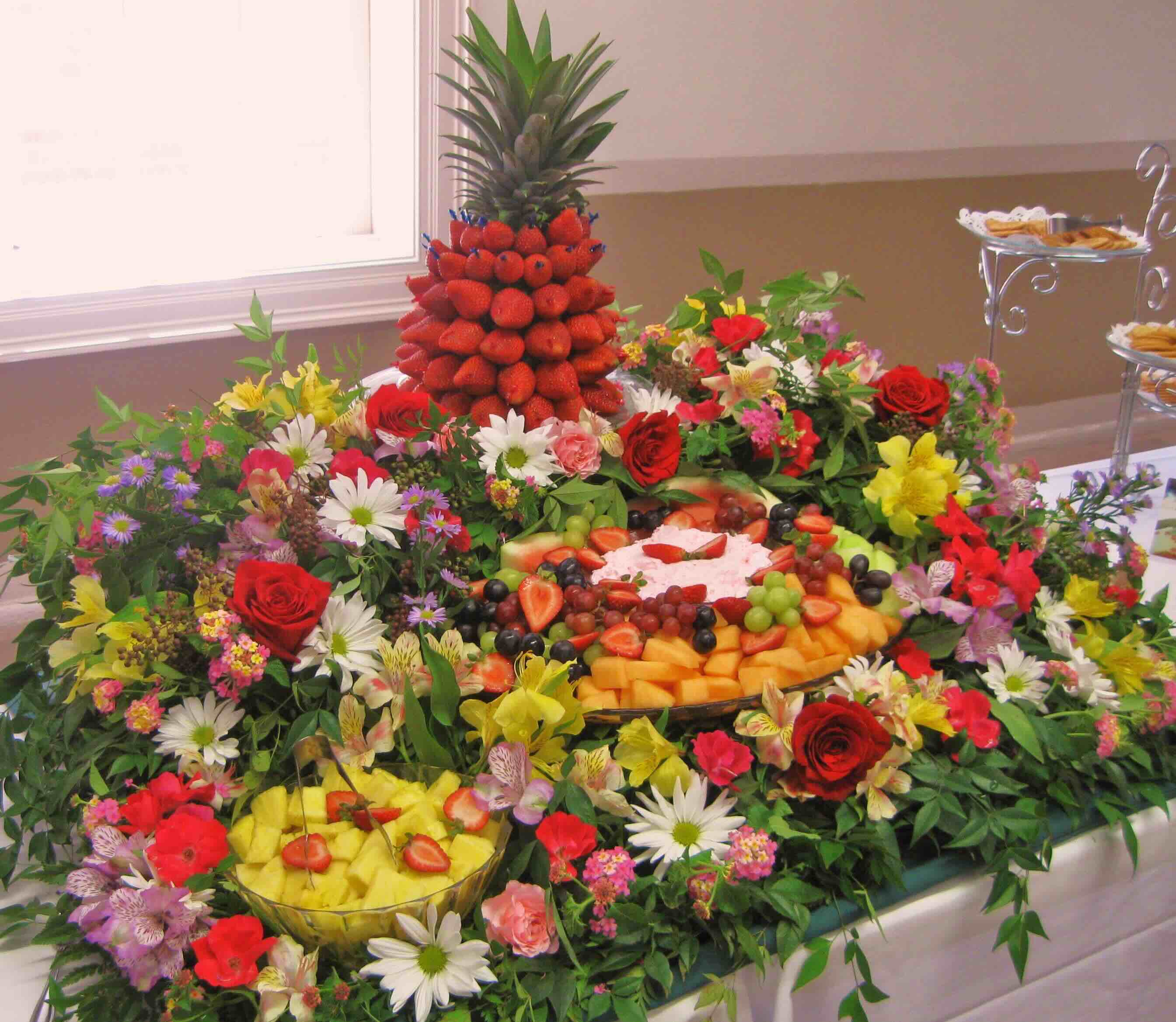


0 thoughts on “What Are Greenery Panels”